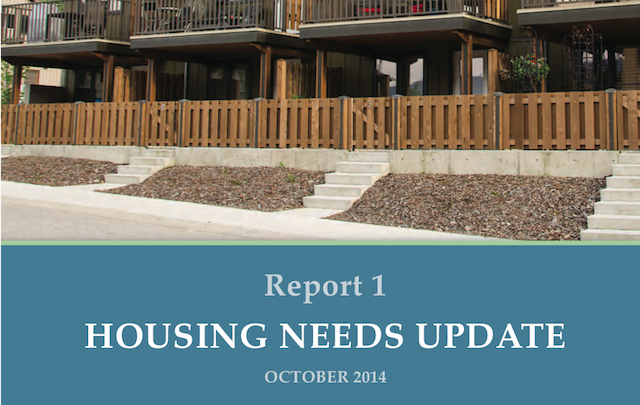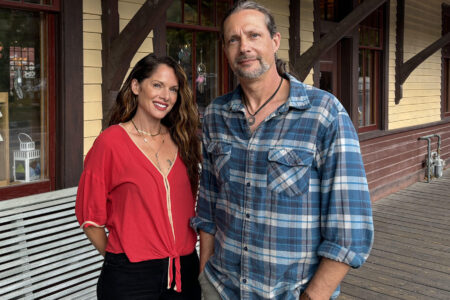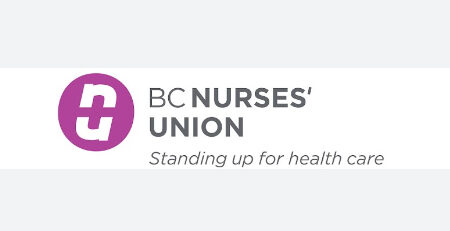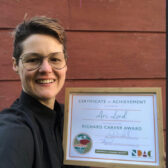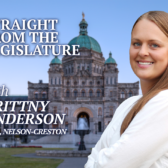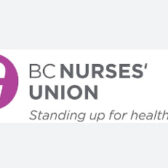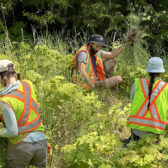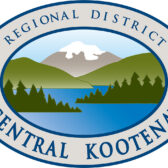Up to 200 housing units needed for vulnerable groups in Nelson, says new housing report
Nelson’s mayor-elect and all councillors elected in the recent municipal election named affordable housing as a top priority in their campaigns, even though they had few concrete suggestions as to how to accomplish it.
It is not the city’s job to build affordable housing, but it can provide policies, bylaws, incentives, lobbying, and public education to foster it. A new consultant report presented to council on November 18 attempts to point the way.
The Affordable Housing Needs and Strategy document discusses who needs housing, what kinds of housing are needed, where the gaps are, and what the priorities should be. City Council has not yet ratified the document, but it could become one of the first tasks of the new council.
City Spaces Consulting prepared the report at a cost of $20,000, half of which was contributed by the Columbia Basin Trust. The report is attached at the bottom of this article.
Who needs housing, and how much?
The report identifies the groups most in need of housing and estimates the number of units needed for each:
- People with mental health and addictions issues (5-8 units)
- Low income families (25-50 units)
- Low income and rural seniors (30-50 units)
- People with disabilities (30-45 units)
- At risk youth and young adults (20-30 units)
- People who are homeless or are at risk of homelessness (8-12 units)
People who need these units include seniors who are downsizing, people currently living in substandard or unaffordable units, couch-surfers, and people who are homeless.
Short term priorities: infill and standards of maintenance
The report identifies infill housing as a short-term (1-2 year) priority, and says policies are needed. The Official Community Plan (OCP) and the city’s Zoning Bylaw already allow for infill but only in a general way, and the report says detailed policies would clarify what sorts of infill would be suitable in different locations and situations. Infill includes densification measures such as laneway housing, subdivision of large lots, and rental suites.
Another short-term priority identified in the report is a standards of maintenance bylaw, which would enforce repair standards on rental properties.
Medium and long-term priorities
The report identifies more than a dozen medium- and long-term priorities, including:
- Increase density through multiple dwelling unit conversion regulations
- Adopt family, youth, and seniors friendly housing bylaws
- Support alternative housing forms and construction techniques
- Leverage under-utilized land and buildings
The report also calls for marketing and education to better acquaint the public with a variety of already-existing federal and provincial grants and supplements.
The numbers
The report contains a wealth of demographic and housing statistics for Nelson, including:
- Percentage of Nelson households that are single-person: 37% (for B.C., it’s 28%)
- Percentage of Nelson households that are single-parent: 10% (for B.C., 8%)
- Housing tenure in Nelson is 63% owners and 37% renters. There is a higher percentage of renters in Nelson compared to the rest of B.C.
- Approximately 73% of the total housing stock in Nelson is older than 35 years. Just under13% of it is identified as needing major repairs. These numbers are substantially higher than the rest of the province.
- Approximately 54% of the housing in Nelson is single detached houses.
- Food bank visits have increased by 42% since 2010.
- Apartment rents have increased by an average of $100 per month since 2010.


